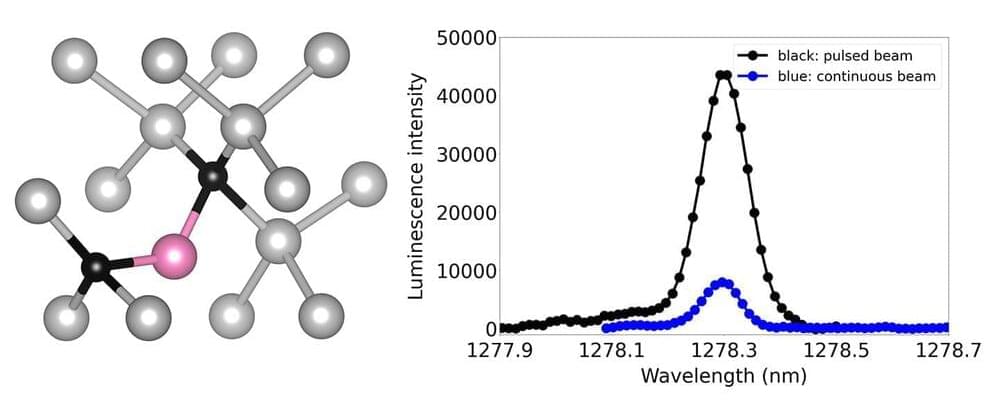Head over to our on-demand library to view sessions from VB Transform 2023. Register Here
Microsegmentation is table stakes for CISOs looking to gain the speed, scale and time-to-market advantages that multicloud tech stacks provide digital-first business initiatives.
Gartner predicts that through 2023, at least 99% of cloud security failures will be the user’s fault. Getting microsegmentation right in multicloud configurations can make or break any zero-trust initiative. Ninety percent of enterprises migrating to the cloud are adopting zero trust, but just 22% are confident their organization will capitalize on its many benefits and transform their business. Zscaler’s The State of Zero Trust Transformation 2023 Report says secure cloud transformation is impossible with legacy network security infrastructure such as firewalls and VPNs.








